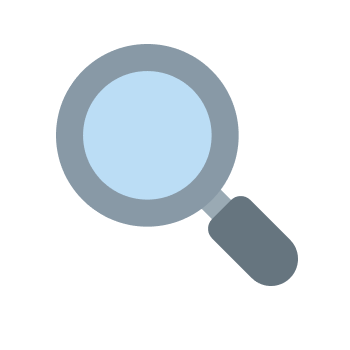A Designer’s Guide to the Internet
project overview
For this project, myself and four other designers designed a manual to help readers recognize manipulative design and learn how to avoid it. We wrote and illustrated a small print book, as well as an accompanying digital experience.
Duration
15 weeks
Role
Visual designer, Copywriter, Interaction designer
Multidisciplinary designers
Collaborators
the topics
For my section of the book, I chose to focus on dark patterns and targeted ads. I researched both topics and began to consider how I wanted to represent them in the spread.
Contrary to popular belief, your phone isn’t listening to you. Its more likely that websites use location data to show you those eerily specific ads.
did you know?
For example, if you were hanging out with a friend as they tell you about the new shoes they just bought, your browser can see that you’re near another browser that recently looked for shoes.
laying it all out
The most challenging part of this project was designing something that makes sense in a print format, but leaves room for interactivity in the digital experience.
Initial wireframe
good moods
I created a mood board to identify a single visual style to use on both spreads. I wanted the final results to be distinct from each other, but still connected.
sorry, something popped up
Returning to the print layout, I knew I needed something to break up the text blocks, so I drew inspiration from the depths of the internet to design some annoying pop-up ads.
This lent itself easily to some initial interactions for the digital experience.
bringing it all together
With these key themes in mind, I was able to write out the content that would be used for the experience, and design illustrations to go with it.






